Montessori, Marie Kondo and Minimalism
Montessori. Marie Kondo. Minimalism. Three ideas which support each other quite well. So much so that soon after Marie Kondo published her book, “The Life Changing Magic of Tidying” in 2014, I added a bonus lesson in my Montessori spaces e-course about how we could use these ideas to help us get rid of the chaos and bring some calm back into our homes.
In Montessori, we refer to “the prepared environment.” This means that we take a lot of care to prepare our classroom or our home with the child/ren in mind.
When you first walk into a Montessori classroom, you notice how calm it feels; that everything is at the child’s height; that the activities are carefully prepared so that everything is at the ready for the children to have success; that there is a place for everything and everything in its place; and that there is beauty for the children to enjoy from plants to artwork at their height to glass vases with flowers, and lots of natural materials.
There is nothing unnecessary in the space. A seemingly minimalist approach. But with a touch of warmth and cosy, so it feels like a home more than a classroom.
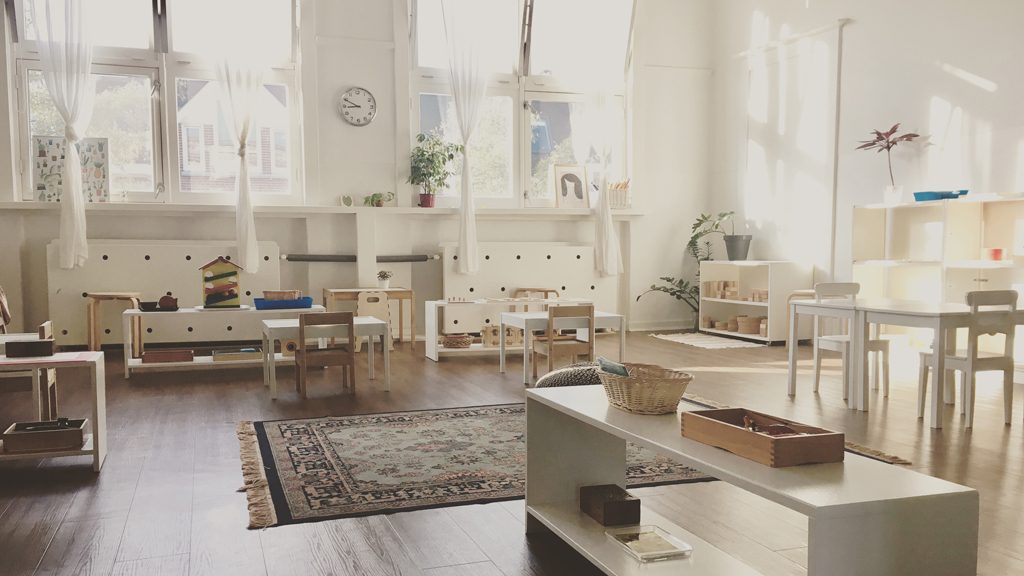
Instead of having lots of children’s paintings hanging on the wall, we might have a carefully placed bunting for the season, or a seasonal display on the nature table. Everything feels calm, beautiful and inviting.
Instead of a toy box at home where your child has to pull everything out onto the floor to find anything, we might display a limited number of activities on a low shelf in attractive baskets or trays.
Instead of your child not being able to find anything to play with, we pay careful attention to our child’s interests to make activities available that will be engaging to explore and master.
Instead of feeling overwhelmed by choices – what I like to call “the supermarket effect” of having too many toys available to choose from – we see that “less is more.” With fewer things available, your child is often able to focus on their activity for longer and more creatively.
Instead of over-consuming and buying more things every time we go to the store, we rotate our toys and get more longevity out of our purchases and gifts. My children were always delighted to see something that had been stored in the cupboard and it would be like new all over again.
Instead of buying at all, we focus on experiences, have fun in nature, and go back to focusing on simple pleasures like bare feet in grass, impromptu picnics and splashing in puddles.
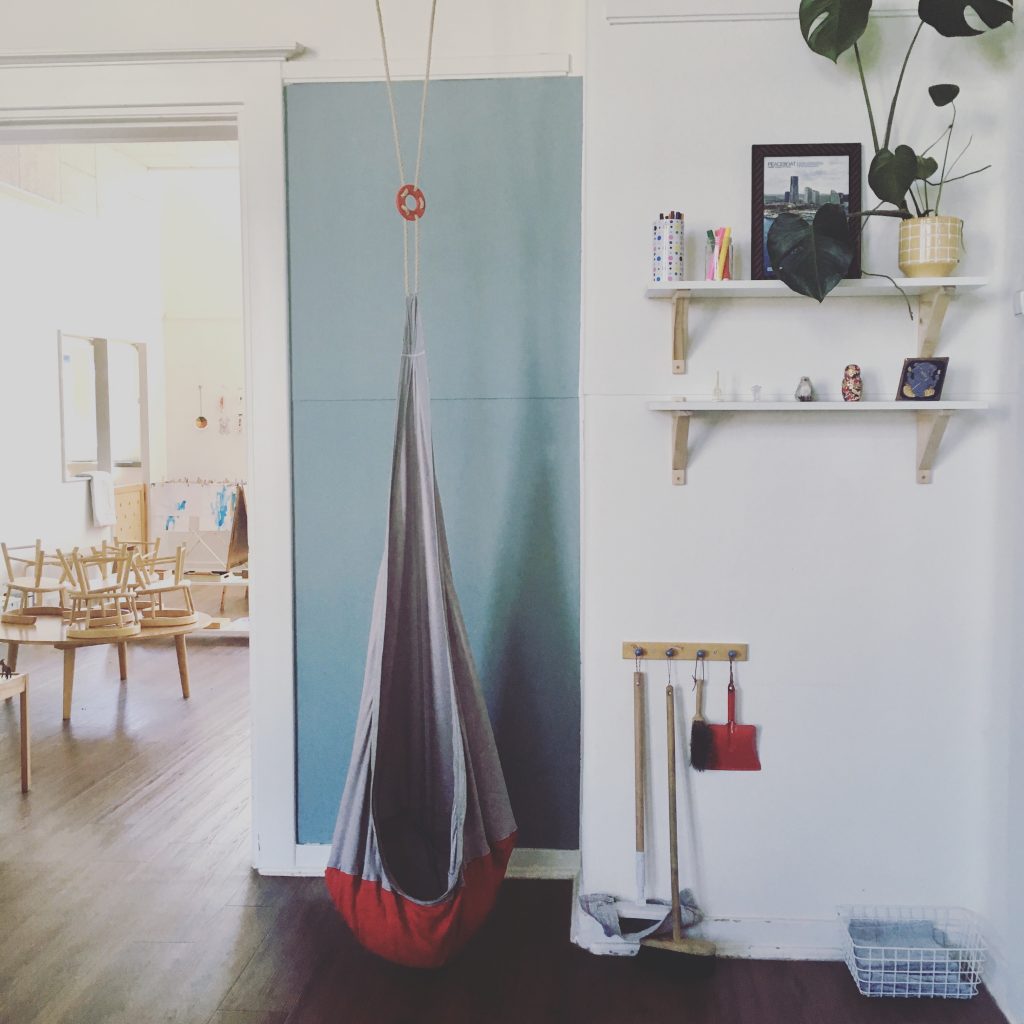
Where to start with Montessori, Marie Kondo and Minimalism
First we need to get say goodbye to anything that no longer sparks joy for us or that is not useful.
1. Start on your own possessions
The Marie Kondo method would be to pull out everything from the cupboard and only put back what those things that you love or that are useful.
During this process it always looks worse before it looks better!
She suggests to start with sorting through your own possessions first, with your clothing. It’sindeed a good place to start and you’ll get practice before you start with your children’s possessions. You may even see that it’s hard to let go of some things.
For those things that you no longer enjoy, you can say “thank you” and place it gently in a box which you will get rid of. Ideally you can find somewhere to donate these items or find them a new home.
When you are done, you’ll only be left with the clothes that you love wearing. Then you can move onto other areas.
2. Then tackle the children’s toys
Ideally you could put all the toys into the middle of the room to sort through.
If you are missing pieces of a puzzle or from a game, you can let these go.
For those toys that your children have outgrown, you can put these into a box to pass onto a friend with a younger child or keep them for a younger sibling.
For those toys that your children still like, put most of them in storage and choose just a few favourites to place on a low shelf, attractively displayed, each activity in its own basket or tray. Once you notice that your child isn’t being challenged by an activity, you can swap it out for another favourite from your storage area.
When you go through this process, you’ll find buying birthday presents can begin to get difficult as you won’t want to buy many “stocking fillers” or things that will end up being thrown away after just a few uses.
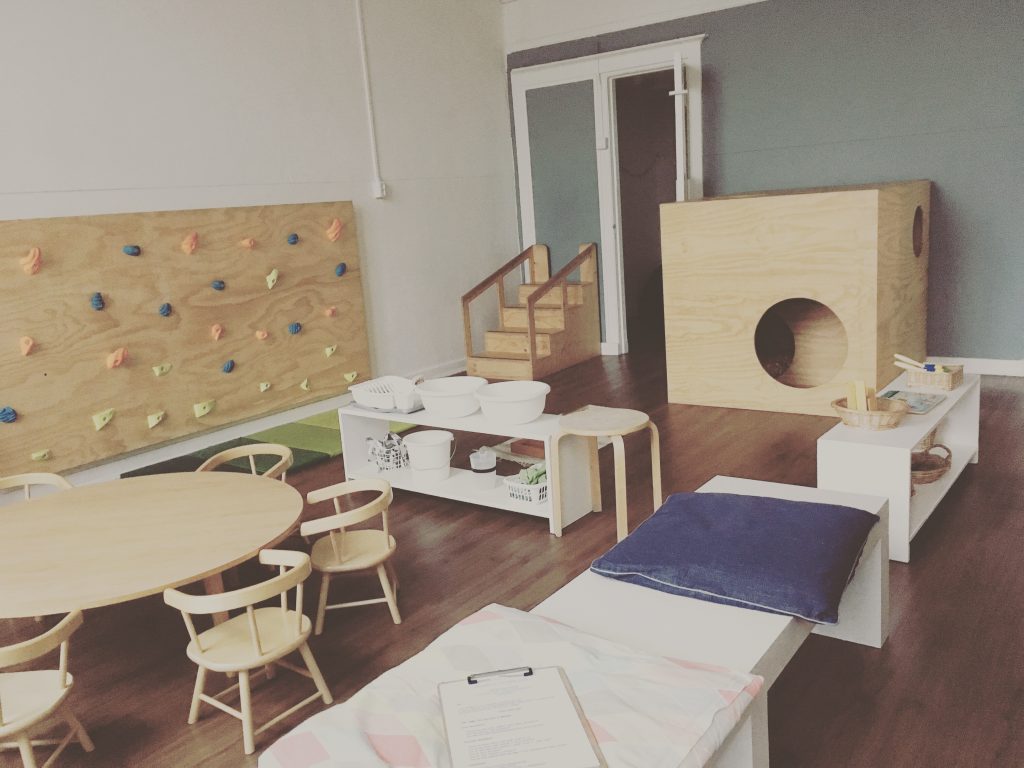
Where we benefit
You truly begin to feel lighter when you let go of the physical clutter in your life. You’ll be wanting to tackle your digital clutter too (gulp: looks away from my messy desktop on my laptop) and to close all those tabs on your browser.
It becomes easier to clean your home.
You’ll notice that (especially highly sensitive) children will be much calmer as they will not feel overstimulated by the clutter.
You even start to learn where things belong and you’ll save time not hunting for things. Your children too.
Leaving the house with young children becomes easier too. A low chair at the front door to sit on whilst putting on and taking off your shoes, a basket for shoes, low hooks to hang bags and jackets, a mirror and some tissues at the ready for last minute checks, and you’ll be good to go.
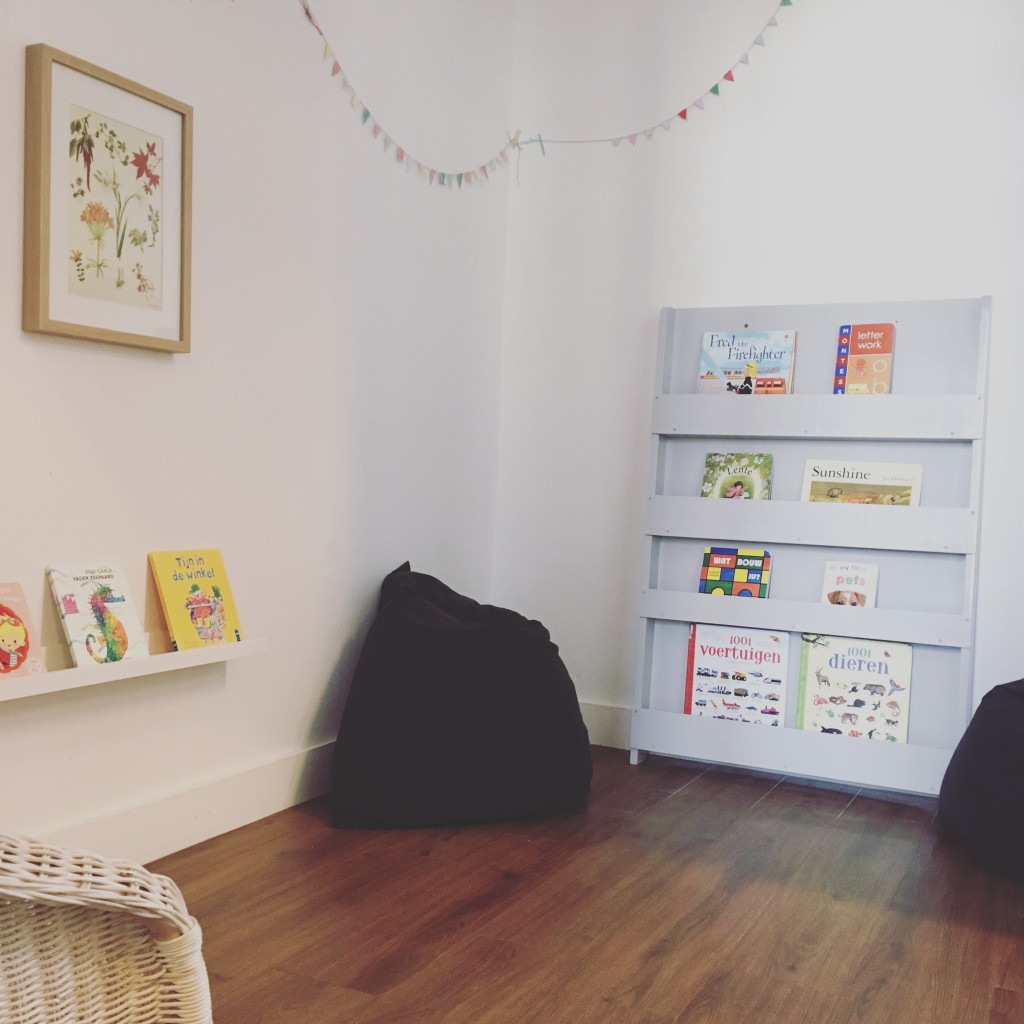
And where I cheat
Montessori, Marie Kondo and minimalism have changed my life for sure. But I’m not striving for perfection. The wabi-sabi approach – perfectly imperfect – is ok for me too.
I’ve got rid of most of the things that don’t spark joy but my home is still dotted with quirky things I enjoy and make our home cosy, that would certainly not pass for “minimalism”.
I have more than a capsule wardrobe of 31 items.
Our kitchen cupboards are always just a little more full than would be comfortable (Dutch kitchens are admittedly quite tiny and not great for bulk buying).
There is a pile of moving boxes under my stairs filled with my now teenagers’ artwork from their childhood. I was going to file it all by age. But now I’ve let that go. Sometimes I go down and look in these boxes and pull out a sewing card or a handdrawn map from their Montessori preschool and smile. It’s probably not what Marie Kondo would approve of. But it’s joy all the same for me.
And I have been known to have what I named “Marie Kondo stress” when I was buying a backpack or other purchase, madly researching every backpack in case I bought the wrong one and worried it wouldn’t spark joy 10 years from now. I’ll sometimes be self-aware enough to catch myself now if this happens. And settle for something that I’ll enjoy at least for the next year. And often I’ll enjoy it long after that as well.
May you find the balance that is right for you and your family.
For me, that’s a cosy, calm space with beauty, love, and laughter and where we all feel comfortable. That feels right for me. For right now anyway.
Photo credit: from my classroom at Jacaranda Tree Montessori, Amsterdam, The Netherlands
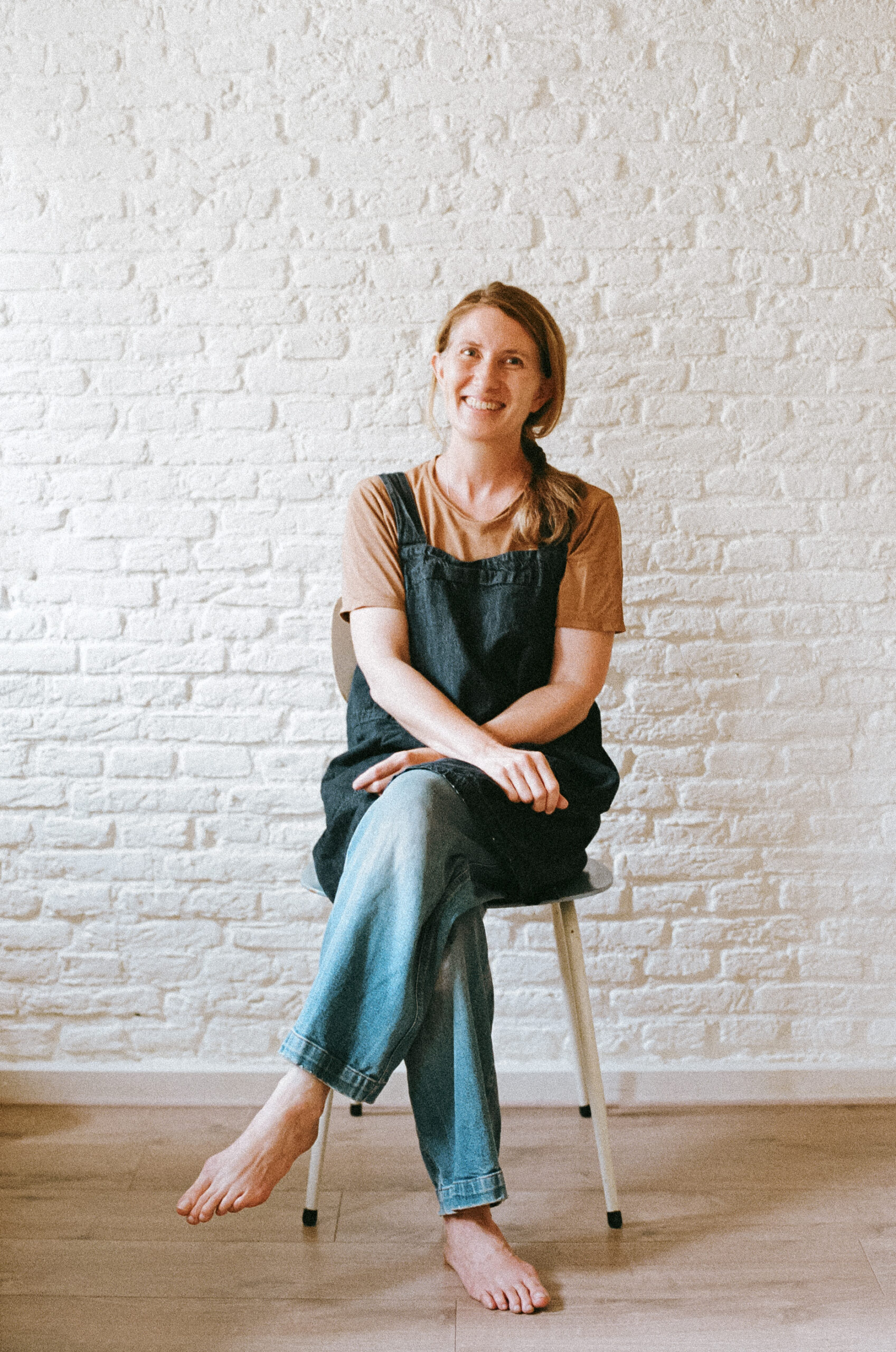
Simone Davies has more than 20 years’ experience as an AMI Montessori educator. Simone is the author of “The Montessori Toddler” and co-author of “The Montessori Baby” and “The Montessori Child” books, comprehensive guides to raising children in a Montessori way. She currently runs parent-child Montessori classes in Amsterdam at her school Jacaranda Tree Montessori. She also has a popular blog, instagram and podcast “The Montessori Notebook” and is mother to two young adults.